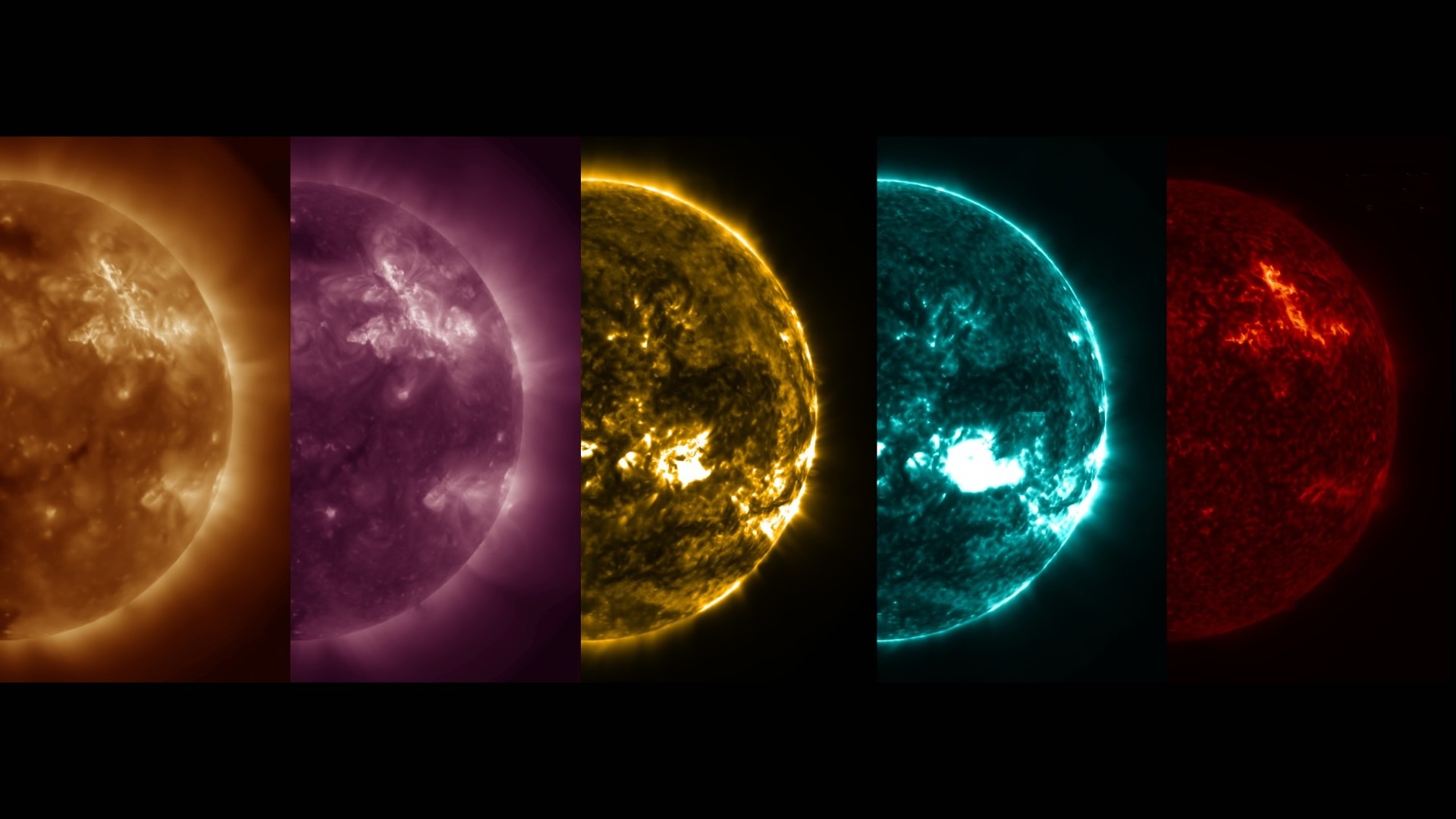Now Reading: Meet Surya, the 1st-of-its-kind AI model NASA and IBM built to predict solar storms
-
01
Meet Surya, the 1st-of-its-kind AI model NASA and IBM built to predict solar storms
Meet Surya, the 1st-of-its-kind AI model NASA and IBM built to predict solar storms

A first-of-its kind AI-powered model attempts to better predict space weather and its impacts.
The model — called Surya, for the Sanskrit word for “sun,” was put together by NASA and IBM and trained on nine years’ worth of sun imagery captured by NASA’s Solar Dynamics Observatory (SDO) spacecraft.
SDO, which orbits Earth at an altitude of 22,200 miles (35,800 kilometers), has been a workhorse of solar activity monitoring for more than 15 years. The new AI model will make the most of its views by finding hidden patterns in them that could help predict solar flares, the speed of the solar wind and the emergence of active regions that give rise to solar eruptions.

“By developing a foundation model trained on NASA’s heliophysics data, we’re making it easier to analyze the complexities of the sun’s behavior with unprecedented speed and precision,” Kevin Murphy, chief science data officer at NASA Headquarters in Washington, said in a statement.
“This model empowers broader understanding of how solar activity impacts critical systems and technologies that we all rely on here on Earth,” he added.
In early testing, Surya accurately forecasted the strength of solar flares up to 16% more frequently than previous methods. For the first time, the model enabled researchers to predict where a flare was going to occur, and it did so up to two hours in advance. Such timely insights could improve the forecast of space weather effects on Earth and help operators of critical infrastructure better prepare for the fallout.
Powerful solar flares — eruptions of high-energy radiation from the sun’s surface — can cause radio blackouts across large parts of the globe, which affect aviation and marine traffic. Ejections of hot gas from the solar atmosphere called coronal mass ejections (CMEs), which frequently accompany those flares, can wreak further havoc as they disturb Earth’s magnetic field, triggering geomagnetic storms.
Geomagnetic storms can throw satellites off orbit and damage their electronics. They can also knock out power grids and distort GPS signals enough to make accurate navigation impossible. So far, space weather forecasters have had limited capabilities to warn technology operators in advance that a flare or a CME is about to erupt, and how strong it will be.
“Just as we work to prepare for hazardous weather events, we need to do the same for solar storms,” Juan Bernabe-Moreno, director of IBM research Europe, UK and Ireland, said in the same statement. “Surya gives us unprecedented capability to anticipate what’s coming and is not just a technological achievement, but a critical step toward protecting our technological civilization from the star that sustains us.”
Related Stories:
Insurance firm Lloyds estimates that space weather disruption could cost the global economy up to $2.4 trillion over a five-year period. A single solar storm could cause damages amounting to $17 billion.
Researchers hope that future space missions, capable of observing the sun from complementary angles compared to SDO, could help improve space weather forecasts. For now, however, AI may have the best shot at speeding up space weather preparedness.
The Surya model was trained on an enormous data set, digesting images 10 times larger than on standard AI training data.
NASA and IBM made the model available to researchers worldwide via the open-source Hugging Face machine-learning platform, hoping that solar physicists and space weather experts from all over the world will use it to develop specialized applications and new tools for solar physics research.
The model is part of a wider collaboration between NASA and IBM, which explores the applications of AI to advance our understanding of our planet and the entire solar system.
Stay Informed With the Latest & Most Important News
Previous Post
Next Post
-
 012024 in Review: Highlights from NASA in Silicon Valley
012024 in Review: Highlights from NASA in Silicon Valley -
 02Panasonic Leica Summilux DG 15mm f/1.7 ASPH review
02Panasonic Leica Summilux DG 15mm f/1.7 ASPH review -
 03How New NASA, India Earth Satellite NISAR Will See Earth
03How New NASA, India Earth Satellite NISAR Will See Earth -
 04And Thus Begins A New Year For Life On Earth
04And Thus Begins A New Year For Life On Earth -
 05Astronomy Activation Ambassadors: A New Era
05Astronomy Activation Ambassadors: A New Era -
06SpaceX launch surge helps set new global launch record in 2024
-
 07Space Force plans new ‘Futures Command’ amid pressure to speed up modernization
07Space Force plans new ‘Futures Command’ amid pressure to speed up modernization



















